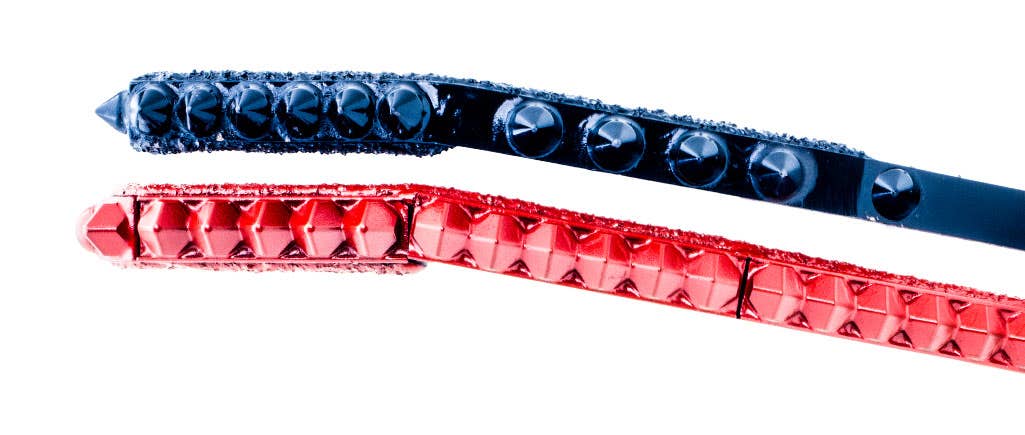
Completing jobs efficiently and profitably is the top priority for any HDD driller. It’s tempting to cut corners or cobble together a “just good enough” solution in service of wrapping up a project fast and moving onto the next. However, wrong decisions regarding your HDD tools can come back to haunt you. Here are just a few of the ways that using inappropriate or insufficient directional drill products can negatively impact your operation.
Slow progress, lower profits
Buying a new reamer isn’t cheap. But how much will it cost you if the pullback is slowed down because you’re using the wrong tool? When contracts pay by the foot and you’re paying your crew by the hour, selecting an inefficient tooling solution translates directly into idle crews and stalled revenue. Using the right reamer for the given conditions can easily speed up the pullback by 25%+. Do the math: it’s the difference in having to pay a crew for six hours vs. eight. Not to mention the cost to run the equipment. What did that just save you? (Plus, you’ll have the right tool in your shed for the next shot.) This one’s a no-brainer.
Tool and rig damage
Don’t try to save money by using undersized tooling on a rig with a higher torque and pullback rating. Sharing tools across drill rigs can damage your HDD tools, wreck your rig, and force you to abandon your hole altogether. Unless you have a reliable fishing tool on hand, busting tools down hole can require you to leave the tool behind and sacrifice the drilling progress you’ve made so far.
Inadvertent returns
Using a backreamer that lacks appropriate mixing action, or trying to drill too much too fast, can displace ground material and force drilling fluid to the surface. Sure, you want to pull back as fast as possible since it’s all about production. However, once again, using the wrong tool – or the wrong procedure – can result in your job being shut down temporarily or even permanently. It’s definitely not worth it.
Accelerated wear and tear
Trying to pad tooling by welding on steel or carbide cutters in an effort to increase the cutting diameter or to keep the tool running is a recipe for slowing down your operation or breaking your tools mid-job. Haphazardly applied cutters generate a tremendous amount of drag as you drill. Lack of balance creates a vibration that will damage other tools or send uncontrolled vibration back onto the drill rig and wear out bearings fast. Always use the right-sized backreamer for the hole you want to drill.
Weakened product pipe
Using the wrong connector pins in your breakaway connector can undermine their effectiveness and put the product pipe at risk. Using pins that are rated higher than the specs of the PVC you’re pulling renders them useless since they’ll stay intact under the force of your pullback and stretch your pipe instead. Pipe with thinner (and therefore weaker) walls can become a significant liability.
Locked up threads
This is more about the directional drill products that supplement your tools, but using a regular grease (bearing or axle grease, for example) instead of anti-seizing thread lubricant can seriously damage the threads on your tooling. All lubricants might seem the same, but standard tool grease isn’t designed to handle the heat and pressure of HDD. Put that stuff on your threads, then torque up your tool and your grease will either fail to protect or will get squeezed out of the connection entirely. Make sure you use grease that is specifically formulated for HDD, not just any old lubricant you have lying around in a grease gun. At the end of the day, wrong tooling choices and practices will have a direct impact on your operation’s profitability. Whether you are losing time, damaging tools or being forced to re-bore ground you have already covered, making the effort to do things right up front can save your wallet and your sanity.

